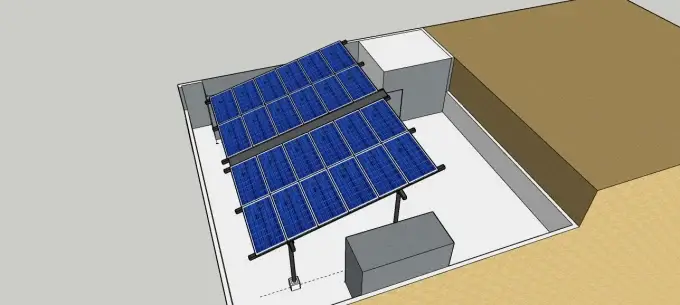As solar energy becomes increasingly popular, designing a solar PV system has become more accessible and affordable than ever before. However, a successful solar PV system design requires careful planning and consideration of various factors. In this article, we will discuss the top five considerations for solar PV design to ensure a successful and efficient system.
Site Assessment
A site assessment is essential for determining whether a location is suitable for solar PV installation. The assessment should include an analysis of the site’s orientation, shading, and available roof space. Ideally, a solar PV system should face south to capture the most sunlight, but other orientations can also work depending on the specific site conditions. Additionally, shading from trees, buildings, or other objects can decrease the efficiency of the solar panels. Roof space availability is also critical, as the solar panels need a suitable area to be mounted. A site assessment can help identify any potential issues and ensure the system is designed to maximize solar energy production.
System Size
The size of a solar PV system depends on the available roof space and the energy requirements of the property. A larger system will produce more energy, but it will also require a larger initial investment. It’s essential to strike a balance between energy production and cost. A qualified solar PV installer can help determine the appropriate system size based on the property’s energy needs and available space.
Inverter Selection
An inverter is an essential component of a solar PV system that converts the DC electricity produced by the solar panels into usable AC electricity. The inverter selected must be compatible with the solar panels and system size. There are several types of inverters available, including string inverters, micro-inverters, and power optimizers. Each has its benefits and drawbacks, and the selection will depend on the specific needs of the project.
Mounting System
A mounting system is necessary to secure the solar panels to the roof or ground. The type of mounting system selected will depend on the roof’s pitch, material, and whether it is flat or sloped. The mounting system should be designed to withstand wind and other weather conditions in the area. A qualified installer can recommend the appropriate mounting system based on the specific site conditions.
Maintenance
A solar PV system requires minimal maintenance, but it is essential to keep it functioning efficiently. Routine maintenance may include cleaning the solar panels, inspecting the inverter, and checking the mounting system’s condition. It’s important to have a plan for maintenance and monitoring to ensure the system is operating optimally and to address any issues promptly.
In conclusion, designing a successful solar PV system requires careful consideration of various factors. A site assessment, appropriate system size, inverter selection, mounting system, and maintenance plan are essential to ensure an efficient and cost-effective system. A qualified solar PV installer can help determine the appropriate design for a property and ensure a successful installation.
Get in touch with our inhouse team of Solar PV Design experts and avail a free 3 Day Trial!

